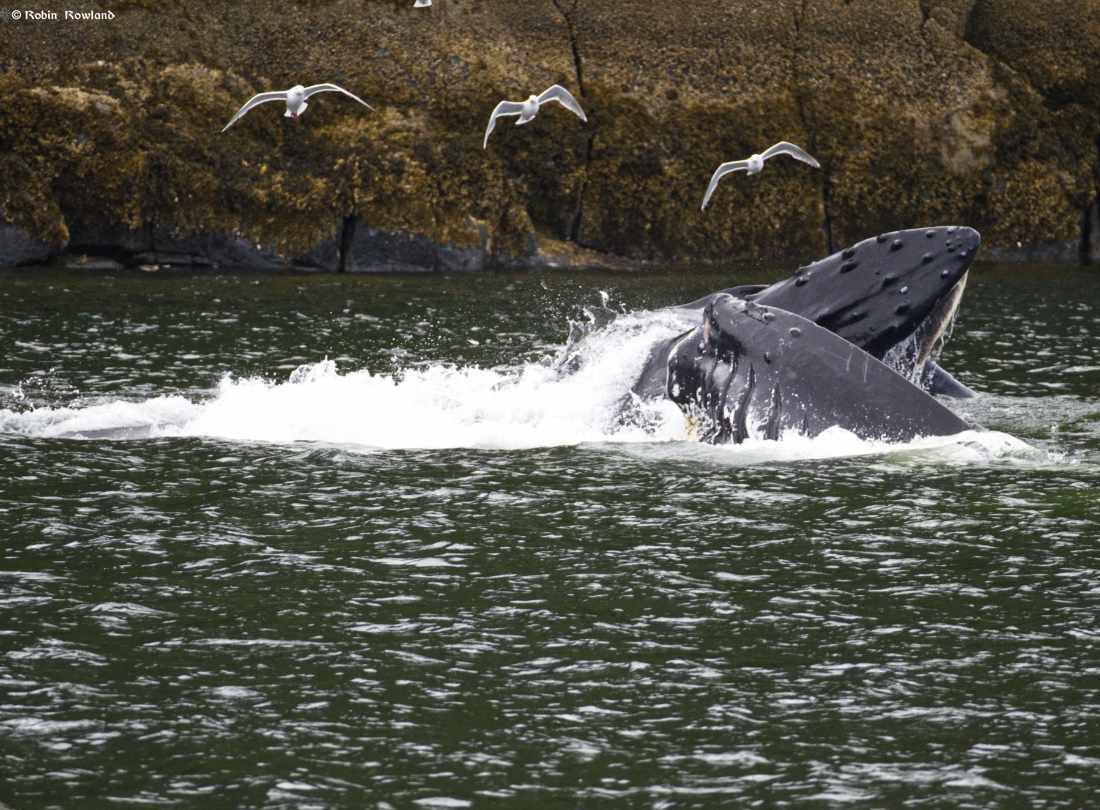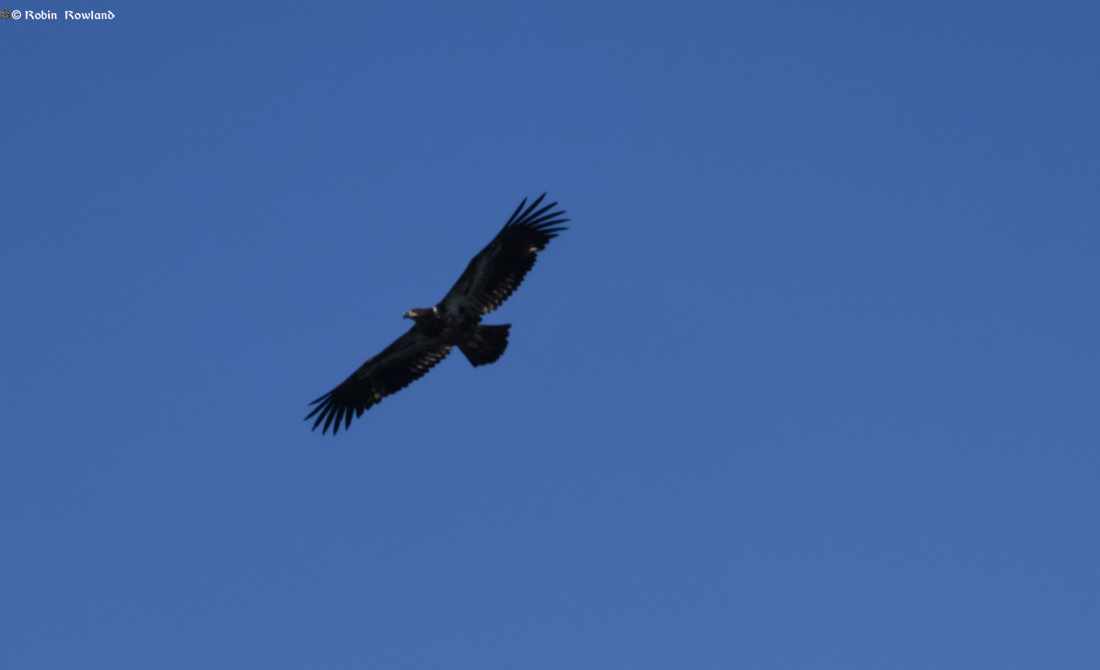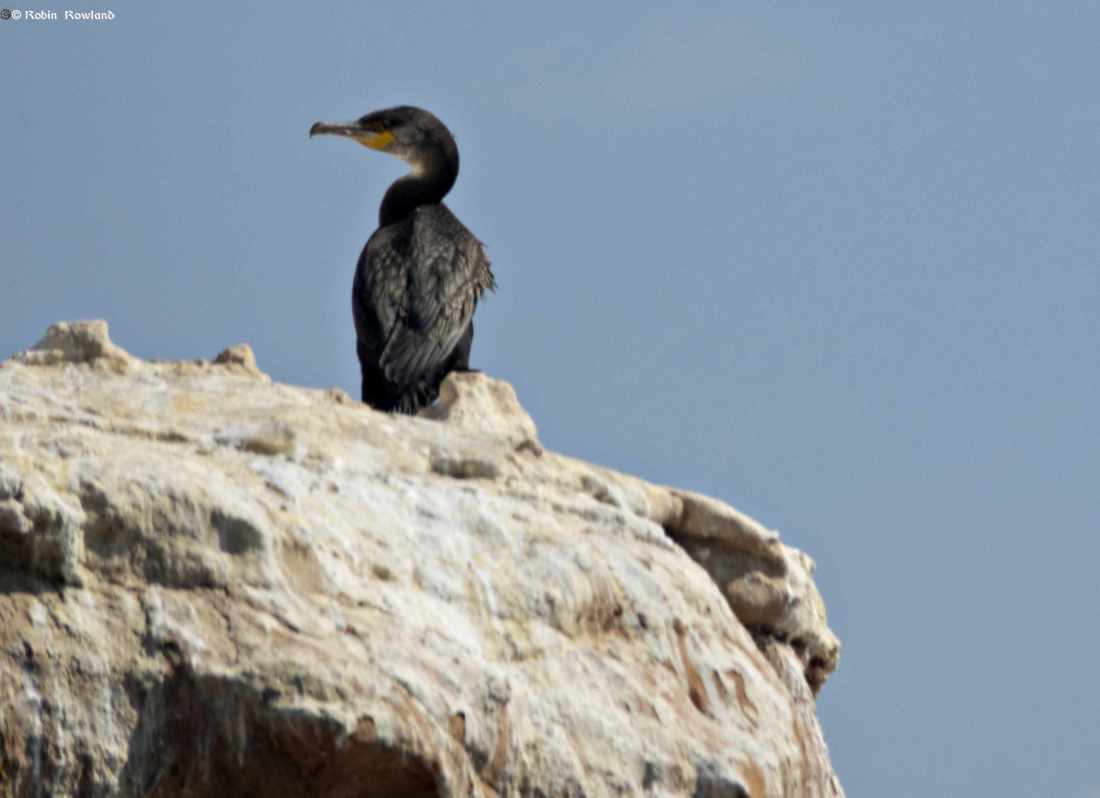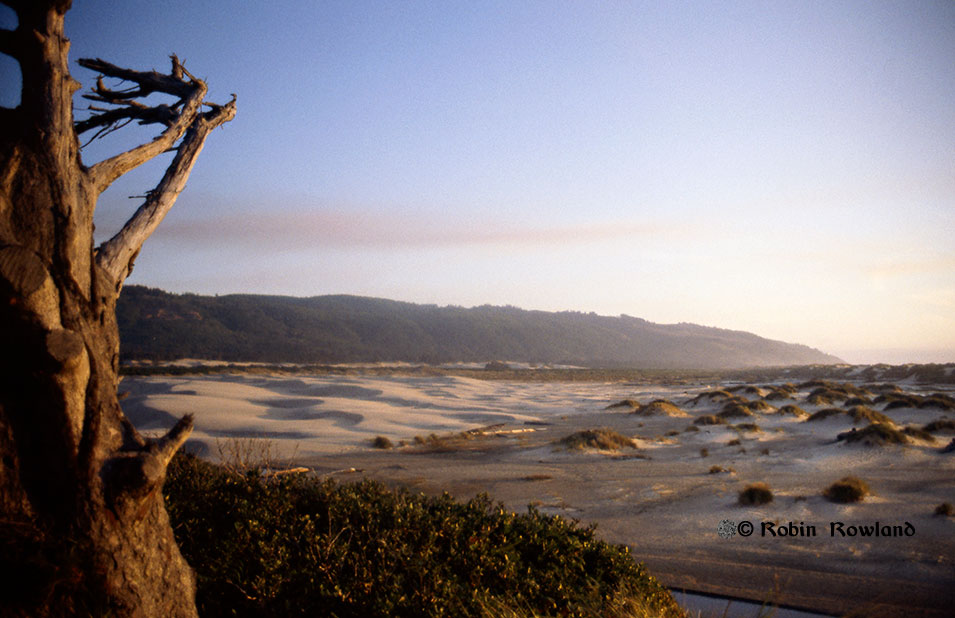Humpback “Wally” bubble feeding at Khutzeymateen
A humpback officially named “Wally” by Happy Whale is one of the best known humpbacks on the northern British Columbia coast. Those people in Prince Rupert who have observed him (sex determined by DNA testing) often call him “two dots” because of the distinctive two dots on his tail fluke. According to the Happy Whale […]






